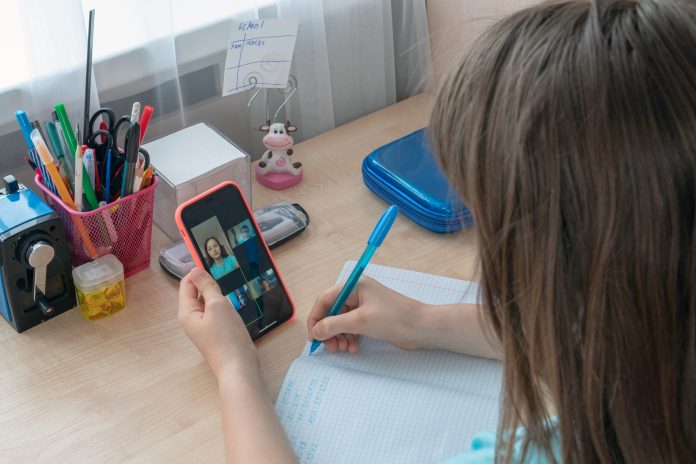Stewart Watts, Vice President EMEA, D2L, outlines the background of the EU Web Accessibility Directive and discusses its increased importance given the context of the increased move to online learning we’ve seen due to COVID
In the current period of uncertainty and change, some may be forgiven for missing a significant milestone achieved by the EU Web Accessibility Directive last week. Following the directive coming into force, all public sector websites across the EU must now be accessible for individuals with disabilities. This is a watershed moment for digital accessibility and will have a considerable impact on some schools and universities nationwide.
Although students in the UK returned to the classroom this month, recent suggestions from the National Education Union for part-time, or rota-based, school education have underscored the one constant that has been with us since the national lockdown in Spring: uncertainty. The future of university teaching models is similarly unclear, as it remains to be seen how long in-person teaching will continue.
As educators across the country work tirelessly to ensure educational continuity, they must also ensure that no child is left behind. If online learning is set to have a continued place in our education system moving forward, ensuring accessibility for the children who need it will be critical.
Defining accessibility
At its most basic level, online accessibility means ensuring digital assets can be accessed and used by all users, regardless of ability. Websites, intranets and extranets need to be designed with all users in mind and cater for the full range of accessibility considerations including those around visual, auditory, motor and cognitive abilities.
For some schools and universities, these considerations must extend to the platforms used to facilitate online learning. The pandemic forced schools and universities to pivot to fully online learning in a matter of weeks and now, with tighter measures returning to the UK, and the possibility of further restrictions not ruled out, a blended model, in which learning is facilitated through a combination of classroom time and online, is likely to feature prominently at all levels for the foreseeable future.
The basics of accessibility
Online course and content providers need to consider not just the content they create, but how users navigate around the online suite in order to provide the core elements of accessibility.
First and foremost, these considerations encompass:
- Text: is it easy to read? Can the size of on-screen text be increased? Can it be read by screen readers used by visually impaired students?
- Images: do they carry appropriate ‘alt text’ descriptors so that screen readers can ‘read’ them? If not, students may have difficulty understanding the information contained within a web page
- Video and audio: are text options available for hearing impaired students? What about audio descriptions?
Technology to promote accessibility
As a means of providing the entry-level basics to accessibility, the tips above form a good starting point. However, if online learning is to form a larger part of education, more thoughtful and comprehensive accessibility options will need to be offered. This will require sophisticated technology and a suitable partnership to help educational institutions implement it.
In recent years, modern learning platforms have made good progress in developing their platforms with accessibility in mind. Features such as recorded lectures with automated captions and support for a range of devices (such as mobile), have become more readily available, and are helping students access and engage with the materials they need, without being compromised by disability.
These are essential tools, but they only represent part of the picture. One area that doesn’t necessarily gain as much attention is the role analytics tools can play. Modern learning platforms can provide a host of data for a teacher on how their students are engaging with materials and where their strengths and weaknesses lie.
This affords the opportunity for personalisation, enabling students with diverse abilities and learning styles to be able to participate equally and learn according to their unique needs. By offering methods of learning to each student as relevant to their abilities, technology can help educators provide the best learning opportunities and drive the best outcomes for students. Offering the opportunities that each student needs is essential to enable everyone to equitably achieve the outcomes they desire.
Ultimately, digital tools, platforms and content need to be designed with accessibility in mind. Students need to be able to access all materials from their devices if they are to take part fully in the complete learning experience. Accessible technology ensures a level playing field for all learners by reaching every student and transforming the way they learn.
Schools and universities should not be making this journey towards accessibility on their own, however. Education technology companies and government need to step up to support these essential aims through a mix of expertise, education around the issues, and financial support. As education becomes more technology-driven, we now have a prime opportunity to transform the system into one more inclusive than ever before.











